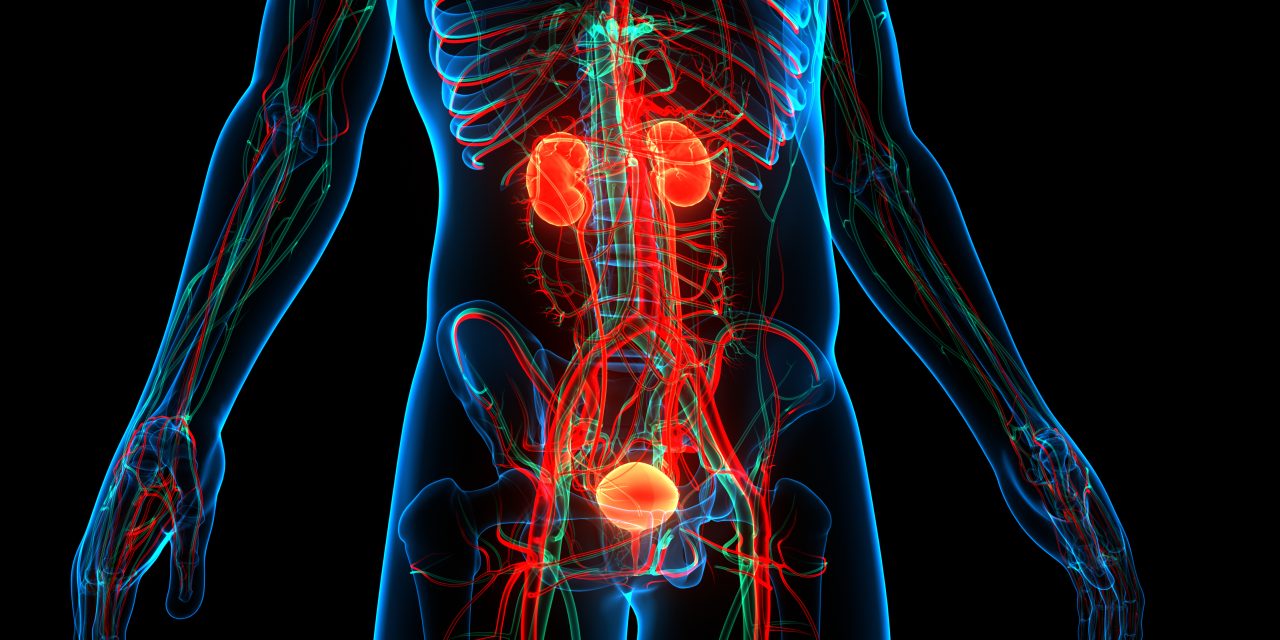We investigated role of neutrophil-to-lymphocyte ratio (NLR) in the diagnosis and prediction of extracapsular extension (ECE) in clinically localized prostate cancer (PCa).
A total of 396 patients with clinically localized PCa who underwent open radical retropubic prostatectomy (RRP), and 260 patients with benign prostatic hyperplasia (BPH) who underwent suprapubic prostatectomy were included in the study. Preoperative NLR, prostate specific antigen (PSA), prostate specific antigen density (PSAD), free PSA, prostate volume (PV), free/total PSA (f/t PSA) in both groups, and relation of NLR with PSA, Gleason Score (GS), and pathologic stage in PCa group were investigated. Records of patients were analyzed retrospectively.
NLR, free PSA, f/t PSA, and PV were statistically higher in BHP, and PSAD was higher in PCa group. In PCa group, NLR was found to be higher in patients with PSA >10 ng/ml compared to those with less than ⩽10 ng/ml. NLR increases as the preoperative GS increases, and it was higher in pT3 patients than pT2 patients. NLR was statistically higher in those patients with positive lymph nodes than those without after RRP ( = 0.029).
NLR is not a sufficient biomarker in differentiating clinically localized PCa from BPH. NLR increases as preoperative GS and pathologic stage increases. Lymph node involved patients after RRP have statistically higher NLR. NLR can be an indicator of ECE and lymph-node involvement in clinically localized PCa.
Can we use neutrophil to lymphocyte ratio in the diagnosis and prediction of extracapsular extension in localized prostate cancer?


